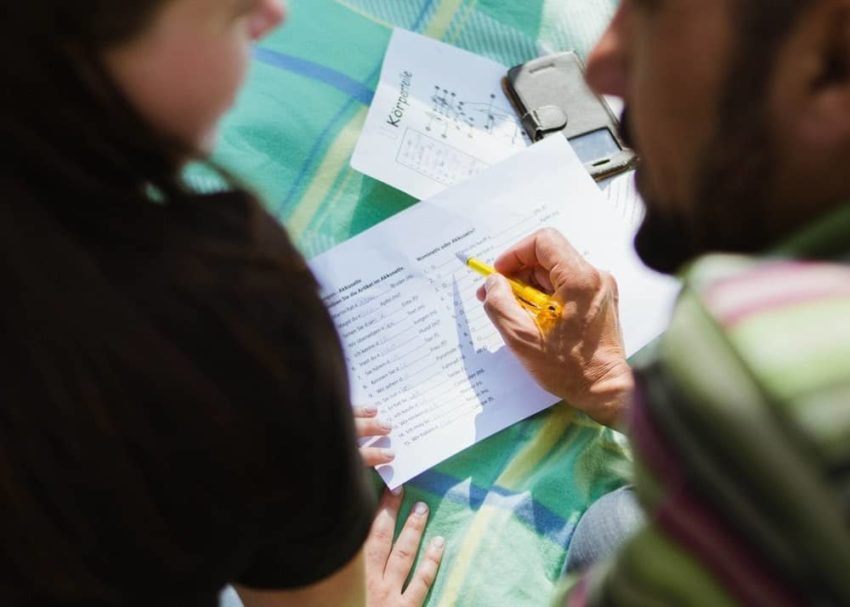One-on-One Teaching : The Right Method To Accommodate Diverse Learners?
Updated: June 19, 2024
Published: August 14, 2021

For some students, a traditional classroom setting doesn’t jive well. It can be overwhelming, distracting, or take place at times that are not conducive to one’s schedule. In these cases, online schooling and/or one-on-one teaching may be better suited for said learner.
One-on-one teaching provides a way for students to take control of how and when they learn, while providing teachers their own set of benefits.
Here, we will look at what one-on-one teaching is, where it may take place, as well as its advantages and disadvantages of this type of instruction model.

What is One-to-One Teaching?
One-on-one teaching takes place directly between a single student and one teacher. Rather than being in a group setting with other students around, one-on-one instruction provides a setting for more interaction with less distractions.
Additionally, one-on-one teaching allows a way for students on the go, working students, or students with non-traditional schedules to be able to continue obtaining an education on their own accord. In an online setting, this means that students can log on and learn when they have the time to do so. This could be via a one-on-one personalized lesson, or through recorded lessons that allow students access to the material based on enrollment.
Where Does One-to-One Teaching Take Place?
One-on-one teaching can take place in a variety of settings. However, it will be rare to find a one-on-one teaching situation that occurs within a traditional classroom setting. Instead, one-on-one teaching can take place online, within homes, within companies, or even in less formal settings like a café or library, for example.
What are the Benefits of One-to-One Teaching?
As you can imagine, there are many upsides to learning directly from a single teacher who gets the opportunity to focus all their attention on just one student.
Some of these benefits include:
High-quality interactions
Students and teachers are actively engaged and listening within this intimate learning environment. Although teachers have plans and ideas of where to take lessons in advance, students have complete control over the questions they ask and pace that they learn. In this way, students get to take part in high-quality interactions with their instructor.
Personal Attention
In a group (or traditional class setting), class can go on even when a student is absent. In this event, the student runs the risk of falling behind and losing out on a lesson. When lessons take place in one-on-one teaching, it requires that both the student and teacher be there for the lesson to go on.
Less Stress for Students with Special Needs
In some instances, students may be shy or afraid to speak out or even answer questions because they fear they will be wrong or judged by other students. This can create a sense of stress that limits one’s likelihood of taking risks or speaking up. With online instruction and/or one-on-one teaching, the set up inherently removes these stressors. It can also prove beneficial for students with special needs or learning disabilities as they have dedicated attention.
Easier to gauge progress
When a teacher works directly with one student, they get a really strong sense of their student’s progression, strengths, and weaknesses. This way, instructors have a deep understanding of what the student needs most to best prepare them to continue moving forward.
Reduced distractions
In a classroom setting, students often are distracted by others. Whether it be friends wanting to chat, a class clown acting out, or different levels of learners within the same room, the distractions can impact success. With one-on-one instruction, students get to entirely focus on their task at hand.
Personalization of assignments
To piggyback on the progress point above, students and teachers get to match interests based on progress and pain points. This makes it possible for instructors to personalize assignments for their students.
For example, if a teacher assigns a research paper to an entire group of students, not everyone is going to be interested in the subject matter of the material. However, in a one-on-one setting, the teacher can gain feedback from their student and choose a topic of interest to both of them, which will translate into better engagement and excitement around the project.
Tailored learning and communication style
Everyone has their own style of communication and learning. With one-on-one teaching, students are able to convey this to their instructor. Messages are less likely to get lost in translation, and if something is unclear, a student has direct access to their teacher to ask about what they may be missing.
What are the Disadvantages of One-on-One Teaching?
Depending on where one-on-one teaching is conducted, there may be some disadvantages. For example:
Travel
If a student or teacher decides to meet in a certain location, it could require extra travel on behalf of either or both.
Network
For teachers who want to teach privately, then there is an upfront requirement to find clients (a.k.a students).
Consistency
Students have control over their lessons in this case, so they could decide to cancel at the last minute or reschedule. This can affect a teacher’s lifestyle.
Resources
In the case of classrooms and institutions, resources are generally readily available. For private teaching, this isn’t always the case.
The exception to these downsides is enrolling in an online institution that operates much like one-on-one teaching. To exemplify, at the University of the People, we offer undergraduate and graduate degree programs that take place entirely online.
While you will be enrolled in course offerings with students from around the world, everything is accessible when you want it to be. This means that the schedule is based on your needs, you can log in and complete tasks on your own time, and you have direct access to course moderators, if need be.

The Bottom Line
For some teachers and students, one-on-one teaching is optimal. If you’re a student who has trouble learning in groups, gets social anxiety, or is easily distracted, then one-on-one teaching can prove useful. The same can be said about earning a degree online or earning certificates online.
For teachers, one-on-one teaching offers a unique way to get to know students and also a great way to be able to accommodate students with diverse learning styles. Additionally, you get to be your own boss!
